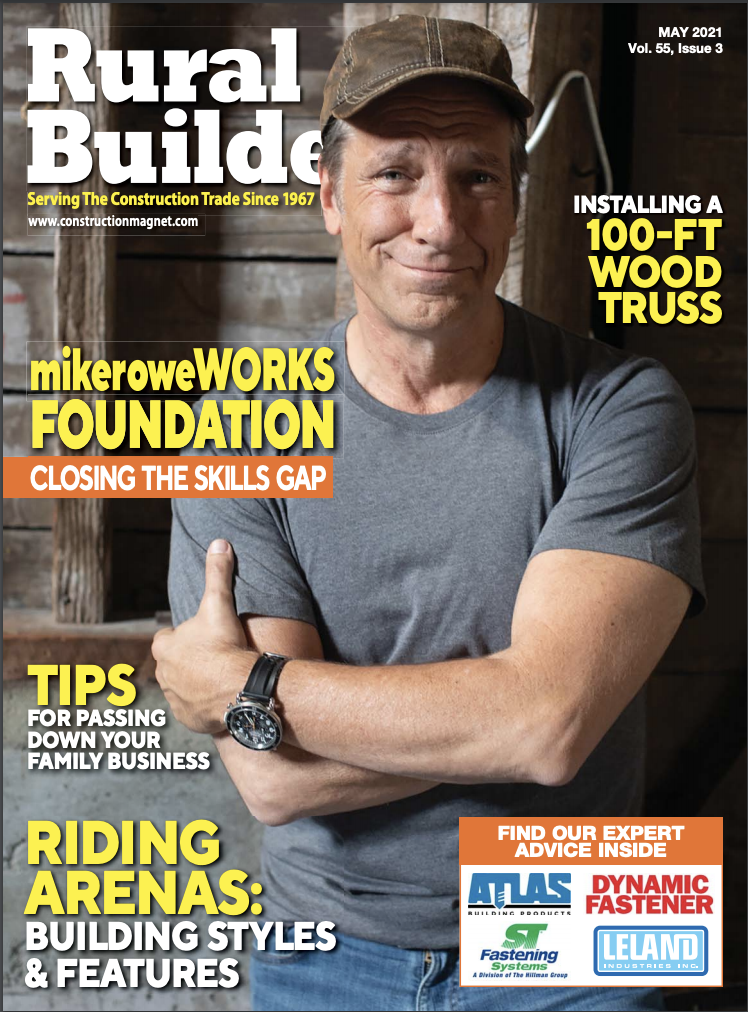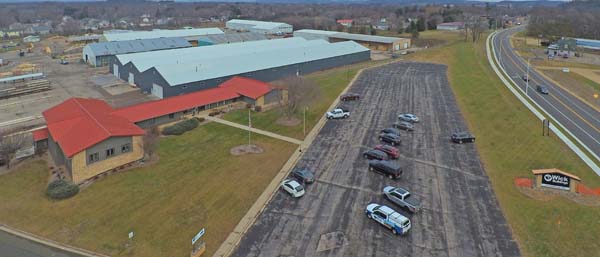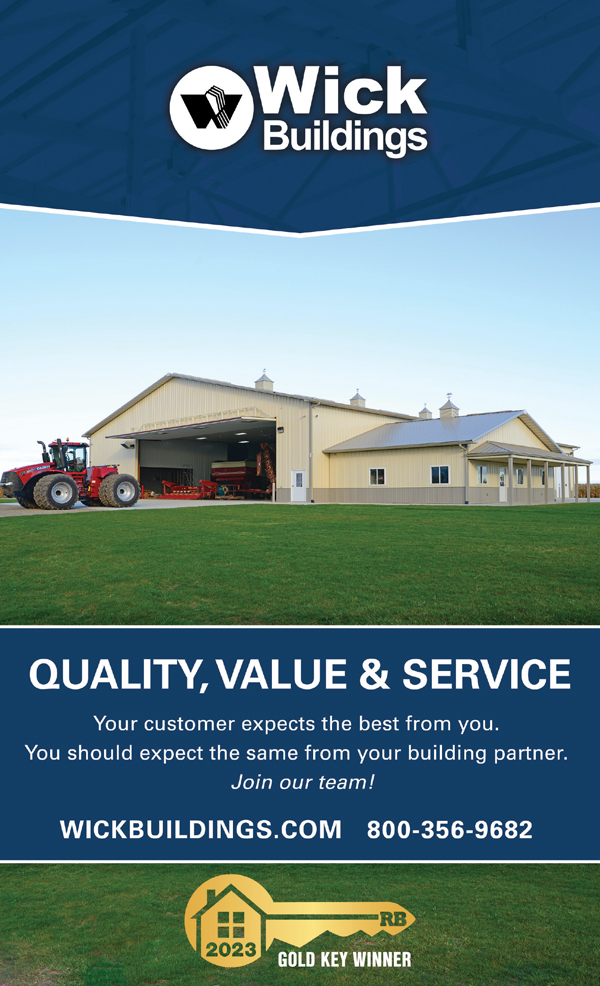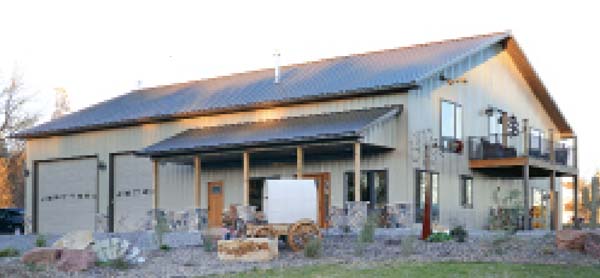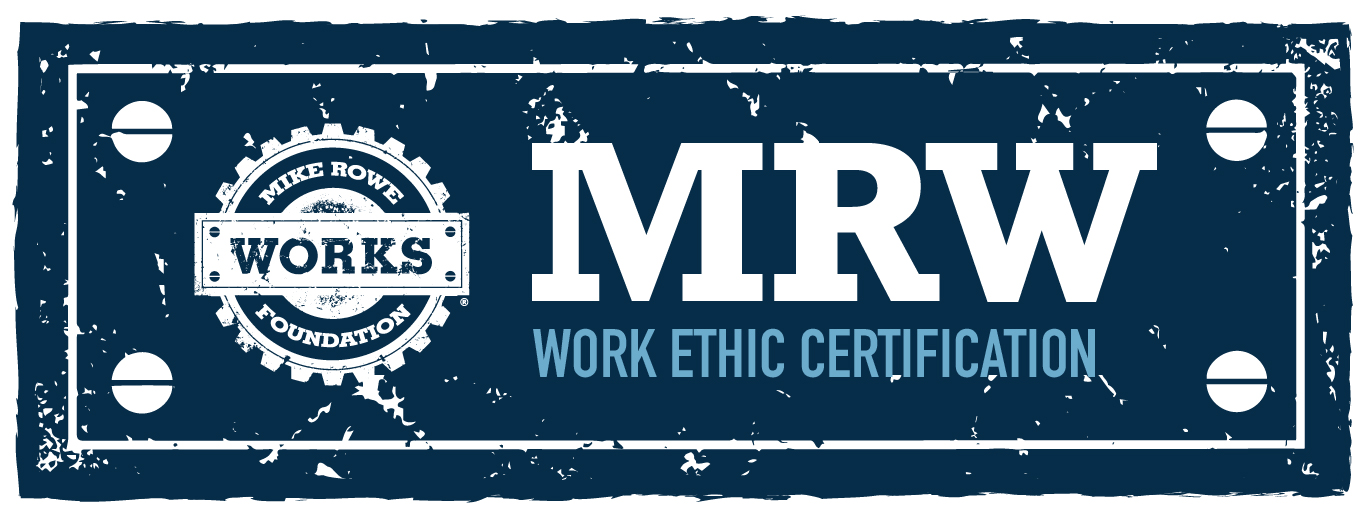By Linda Schmid
Wick Buildings is a company with a long and successful history of designing, engineering, and building post-frame buildings, and they have recently reached an exciting goal in their growth. They are now majority owned by their Employee Stock Option Plan (ESOP).
Allan Breidenbach, Wick’s president, commented, “This is a milestone for the Wick Buildings family and employee team that we have been working toward for several years now. The acquisition of a majority ownership guarantees Wick will continue the legacy of quality and superior service to our customers, which was established by our founder over 65 years ago.”

President of Wick Buildings
Becoming employee owned was not always the plan, but in 2011 the company was reorganized with John F. Wick, founder, and long-time employees, Darrell Kolstad and Tom Wick, reinvesting in the company. Conversations ensued about how to preserve the company in the future. Selling to a third party didn’t feel right; Wick was a family business and the family as well as Wick’s management wanted the transition to be more meaningful. They wanted to ensure the company’s continued success and to maintain the legacy John F. Wick began. As a result, in 2013 the company initiated an ESOP that assigns shares to employees on an annual basis, based on income.
Incorporating the ESOP didn’t really make much of a change in the operation of the company. A trustee was engaged to act in the interests of the ESOP when board member elections were held. At first, employees were ambivalent as they weren’t seeing the benefits yet. Now, however, people are starting to see what this can mean for them. Annually more and more shares are opened up and the shares become more valuable.
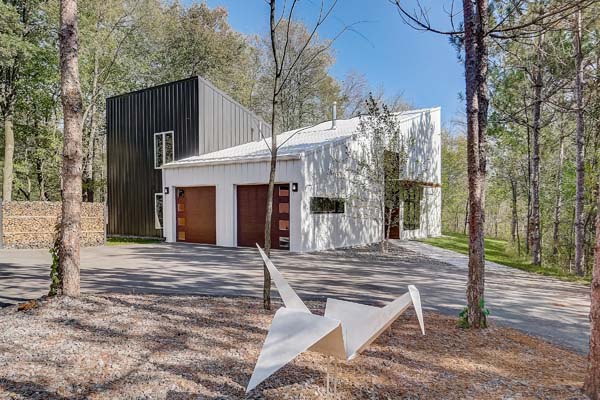
People have also begun to realize what this means in their working lives. Breidenbach tells them, “There is no longer a family to solve the problems and make decisions for us. This is on us now!” Breidenbach says that the young employees are in a great place. They are starting to realize that “Wow! I can build a great career at Wick and look forward to a really great retirement too.”
The Department of Labor stats seem to confirm that an ESOP is a good option for a company that wants to preserve their business. They show that employee-owned companies outperform non-employee owned businesses in employee growth and stability, and provide higher returns on retirement assets than non-ESOP companies.
To others who may be considering transitioning from a family-owned business to an employee-owned business, Breidenbach has a couple pieces of advice:
1. Be sure to hire a good independent trustee. There are a lot of Department of Labor rules to abide by and the trustee needs to help the Board of Directors navigate that.
2. Have patience. The transition does not happen overnight, and there will be a lot of conversations about it with many stakeholders with different perspectives.
Breidenbach concluded with, “This is the next step in Wick’s history and I’m honored to be a small piece of it.” RB
A Little Wick History
John F. Wick, a graduate of the University of Wisconsin, has an engineering degree and a background in agriculture. Back in 1954, he attended a home show and he saw his first example of a pole barn. He immediately saw the potential of it and determined to bring this kind of building home with him.
Wick had a passion for taking some of the back-breaking labor out of farming. He believed that a building with that kind of space, which could keep equipment out of the elements and be used for housing animals and more, was a greater use of resources than the traditional buildings that farmers had.
Wick began designing, fabricating and building post-frame buildings. Initial growth occurred organically. His first employee simply decided he wanted to learn to build post frame. In Wick’s words, “Charley Roelke from Mazomanie, in spring 1955, visited a job being framed in Milton WI, climbed the girts and walked the purlins, so proving he was comfortable working off the ground. He talked to me up on top and became the first permanent Wick Buildings employee. He later headed truss cutting and loading by the RR in Downtown Mazomanie.”
From these beginnings, Wick built up his company’s reputation for quality, service and innovative design and the company grew more and more successful. Wick has sold more than 75,000 buildings over the years for on-farm storage and workshops, homes and shouses, animal confinement, horse housing and training facilities, suburban structures, municipal and church buildings, commercial, retail and light industrial buildings.
